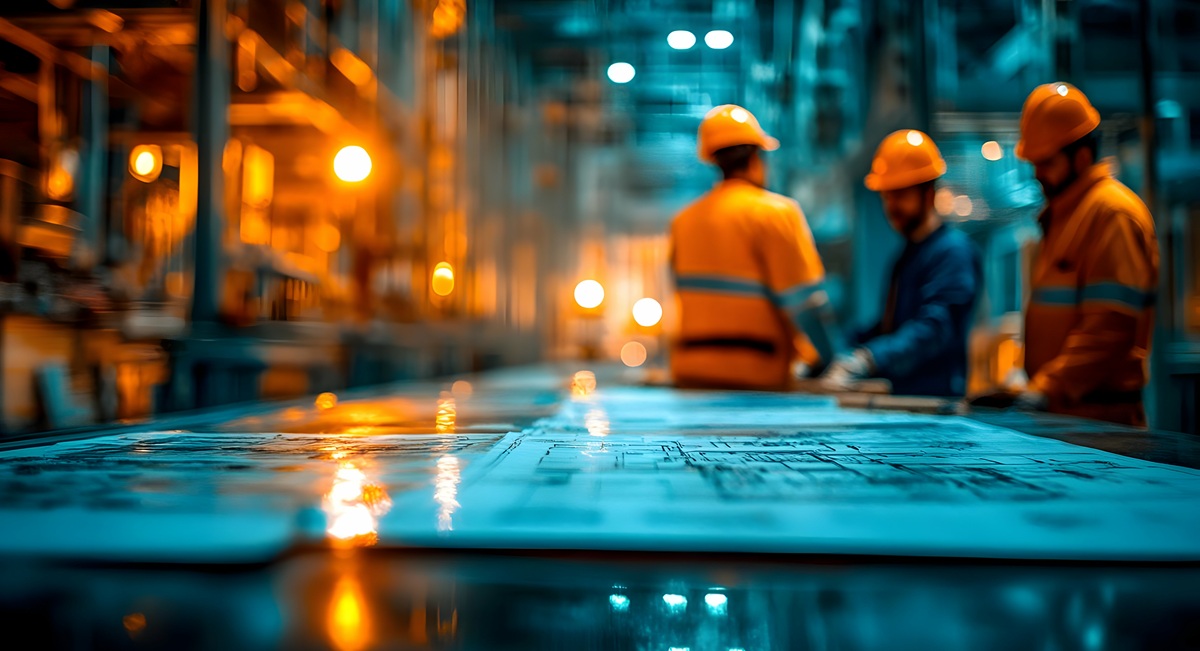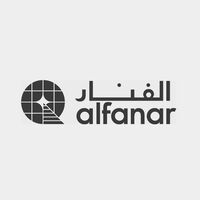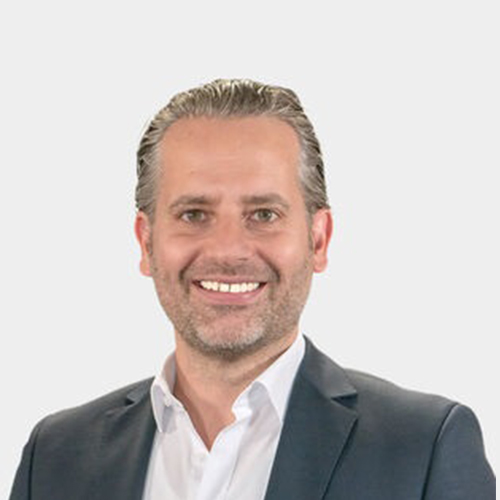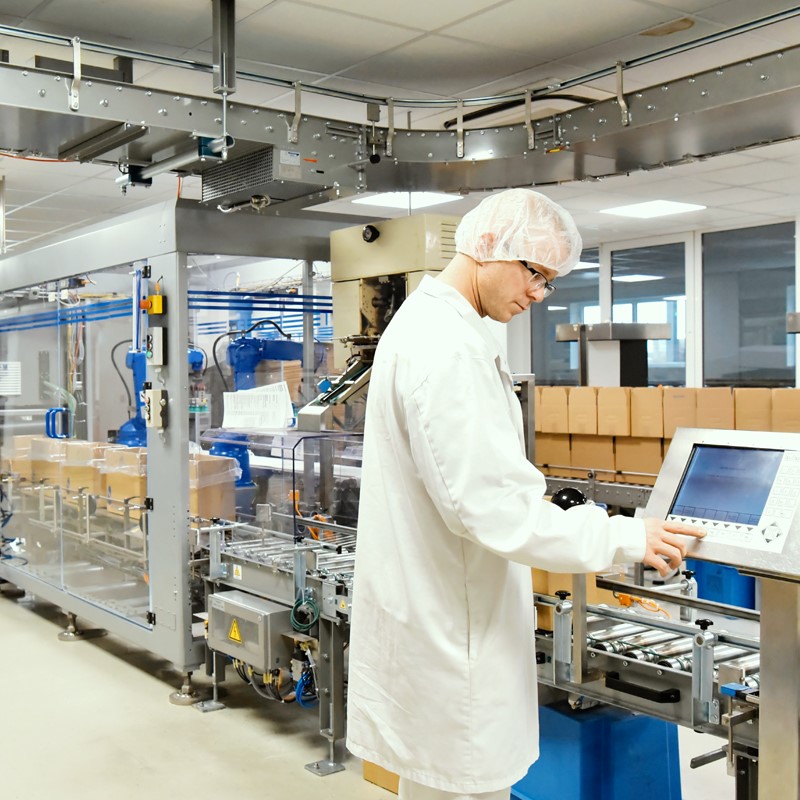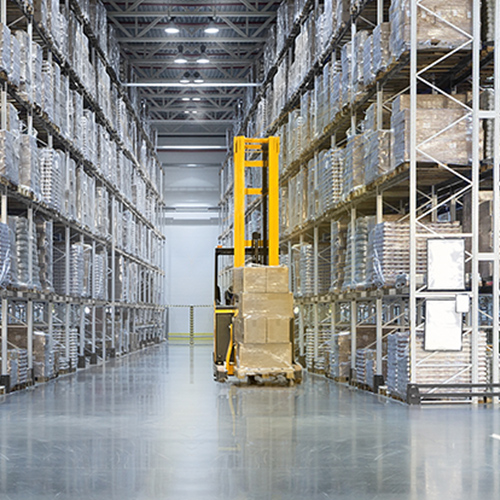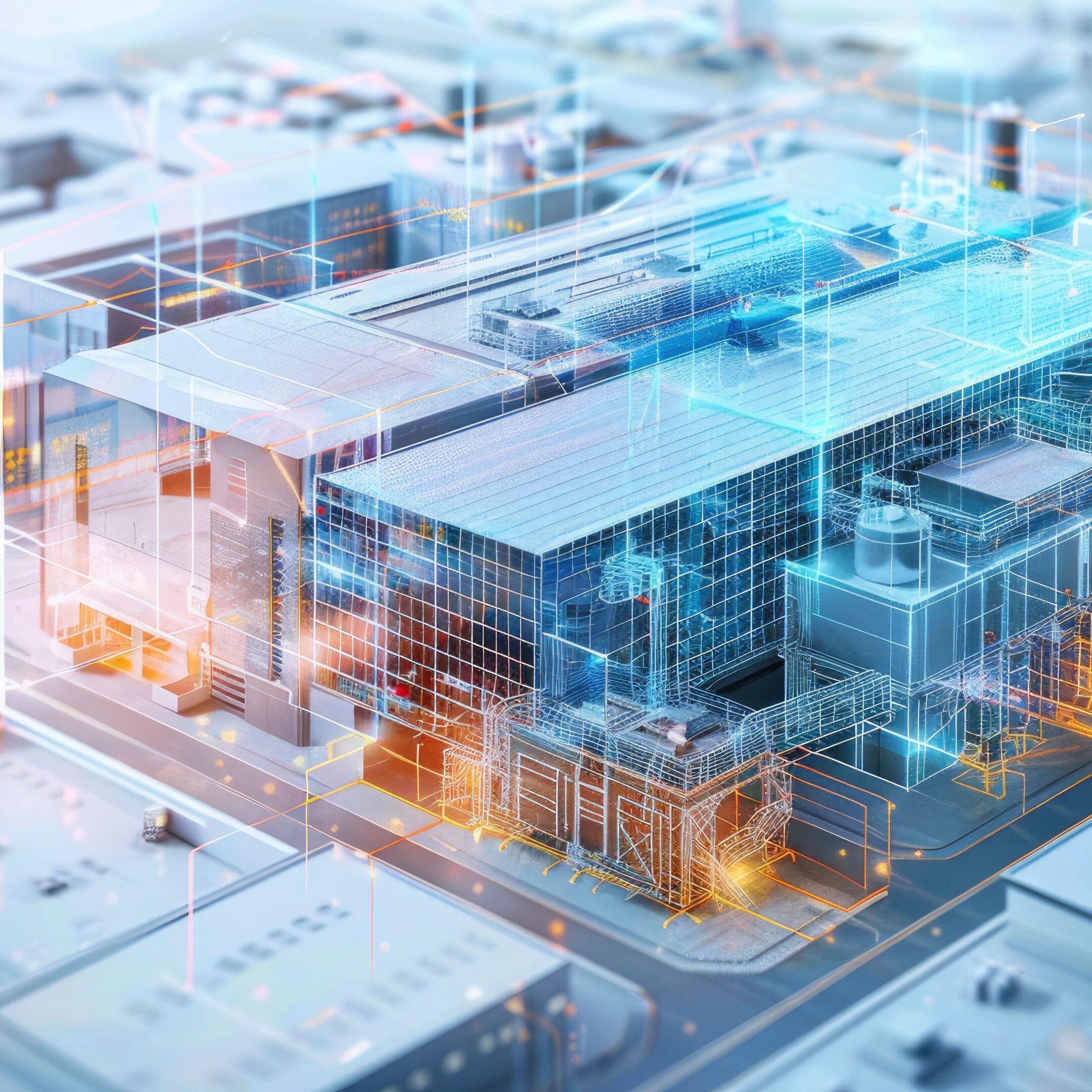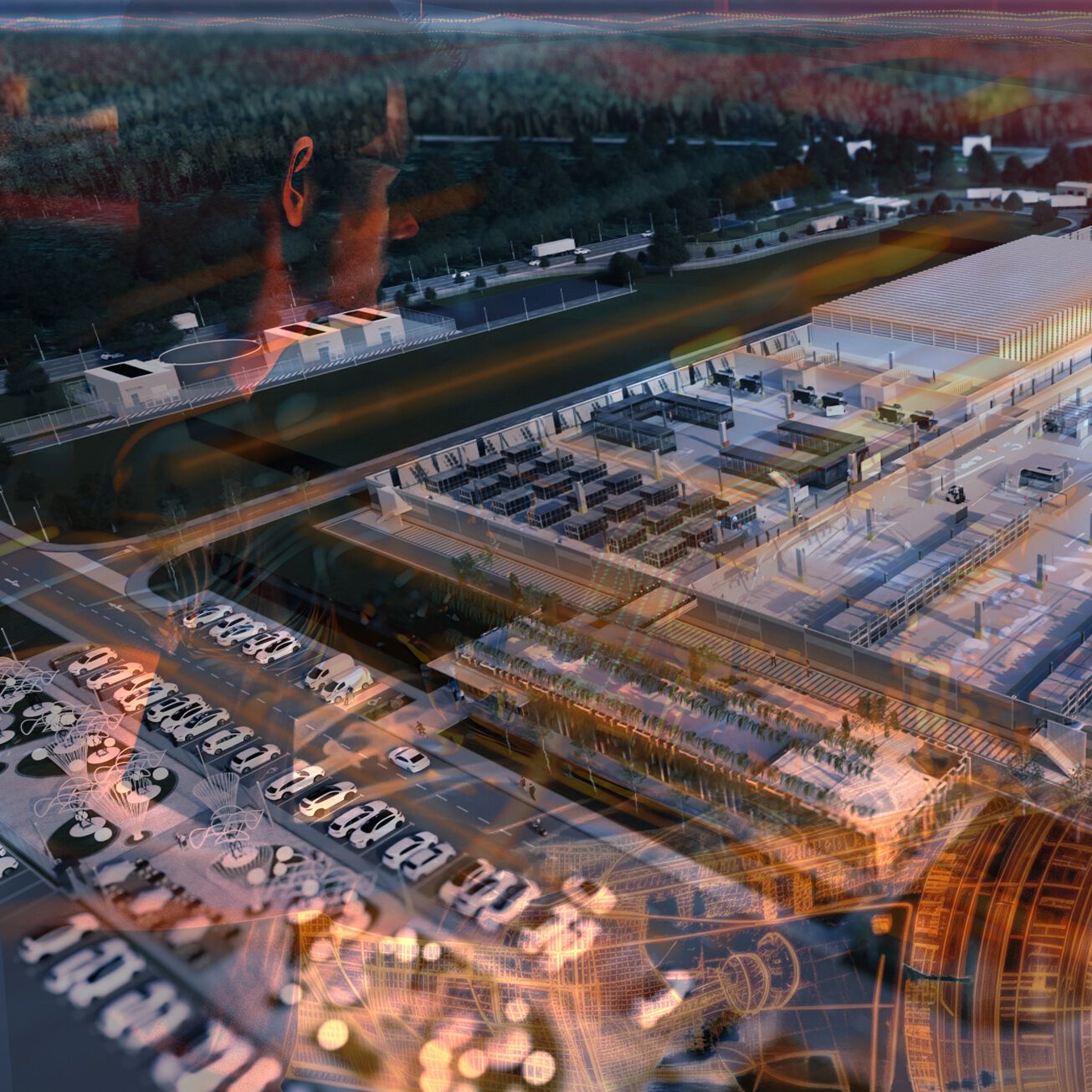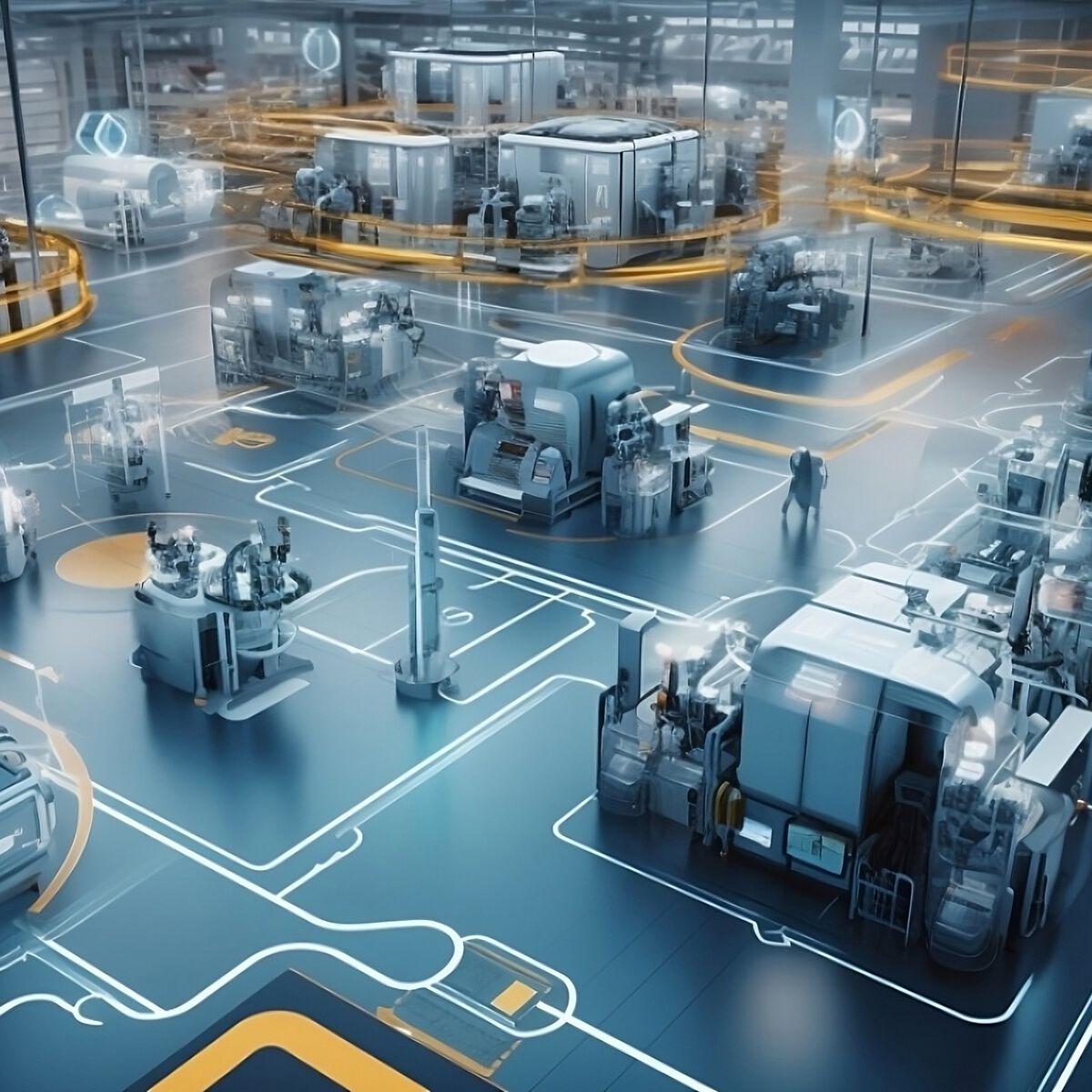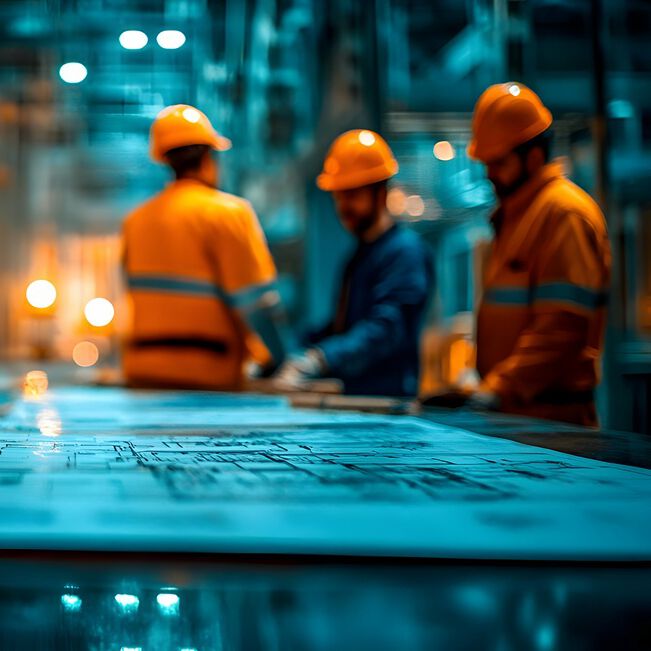Factory and layout planning: consulting, simulation, implementation
Achieve better results in factory and logistics planning with EFESO
Greenfield and brownfield factory planning: from the idea to a resilient concept
A look at many locations shows that plant structures survive for a long time. It is therefore particularly important to proceed with prudence and professionalism and to involve the right partners when planning a factory - be it a new building or a conversion.
In the beginning is the idea. We are happy to share with you our ideas of a factory of the future. From our point of view, layout and infrastructure must enable efficient flows, promote cooperation between employees and support the joy of creating value. To ensure that a factory is still one of the best in 50 years, we rely on the following key elements:
- Modular, so that you can grow and properly integrate value creation partners
- Flexible, because products and technology change
- Optimal in terms of material and information flow
- Smart and digital
- Energy Efficiency, CO2-neutral and resource-saving
Agile approach to planning the zero-impact factory
Before the excavators roll, the ideas must be developed into robust concepts and concrete layouts. This is not possible without the involvement of stakeholders, who demand coherent concepts and a convincing business case based on several comparative scenarios. Here it is important to work out the potentials on all levels in concrete terms and to evaluate them in a comprehensible way.
Sustainability aspects play a major role in modern factory and logistics planning. Under the generic terms “zero-emission factory” and “zero-impact factory”, various environmentally friendly measures are implemented, ranging from the reduction of energy and water consumption, CO2 and VOC emissions to waste management and soil protection.
In order to achieve a high level of planning efficiency and to manage risks in the course of the project with foresight, an iterative and agile approach is recommended. It is carried out according to the following guidelines:
- from the central (value-added process) to the periphery (outdoor facility)
- from the rough (general planning/plant structure planning) to the fine (workplace design)
- from the ideal (Greenfield) to the real (Brownfield)
This ensures that unnecessary discussions at the beginning (e.g. about the colour scheme of the offices) do not slow down the overall process significantly. Experience has shown that the desires of all those involved are great when it comes to new planning and replanning. We take great care to ensure that the planning focuses on the key issues and take particular account of the impact on the building structure, the level of investment and the potential for improvement.
EFESO used a virtual factory to demonstrate new scope for revising a concept for a multi-storey greenfield factory.
A “one-stop-shop” solution covers all planning strands - the video shows main room formats and examples from process simulations for production and logistics.
Efficient factory and layout planning
Benefit from the expertise of the EFESO team in factory planning, layout planning and plant structure planning. Whether greenfield or brownfield: together we create a future oriented site planning.
Realizing best-in-class factories with EFESO: six fields of action for factory planning and layout planning
EFESO supports you from the first planning idea to the start-up of the factory or logistics centre. This ranges from strategy development and site selection in the run-up to the entire project implementation to the onboarding of local suppliers in the ramp-up phase. Our range of services includes:
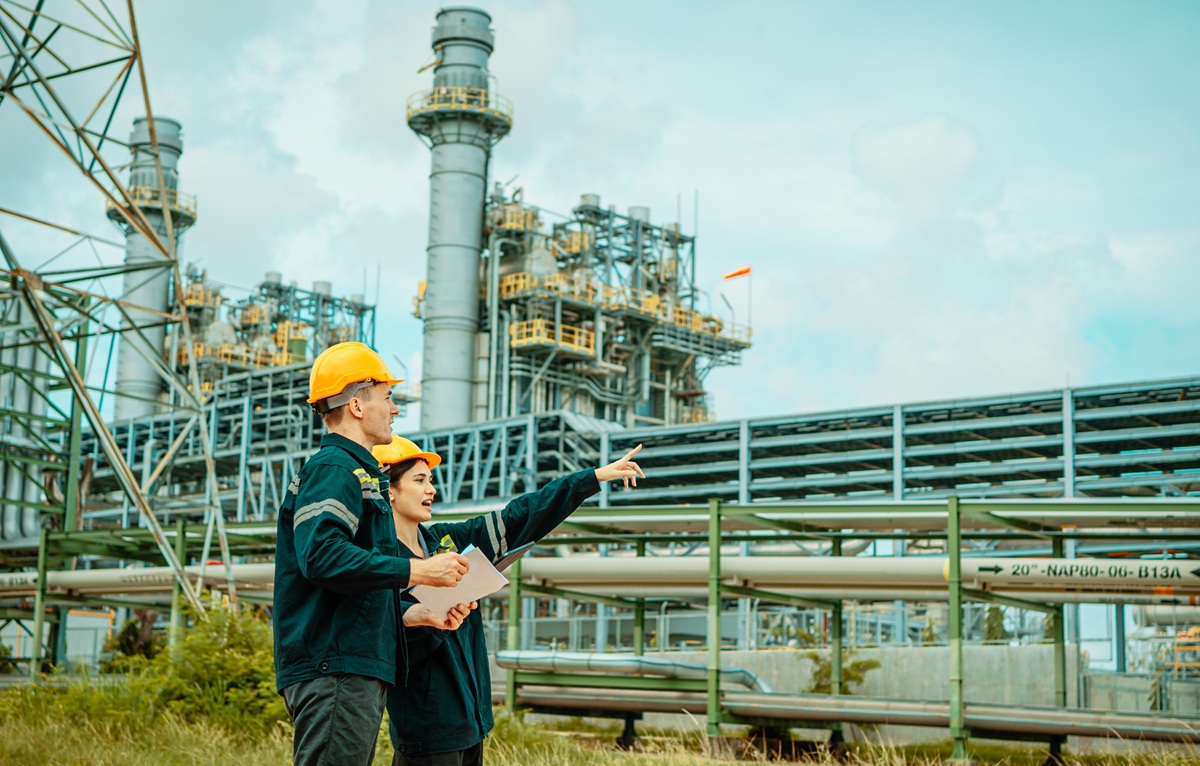
1. Location search and selection
- Selection of suitable regions (factor costs, labor market and supplier structures, infrastructure, regulatory framework, economic development).
- Search for suitable properties (land, building developers, existing properties).
- Recruitment of personnel for the planning and construction phase.
- Technical due diligence of properties and locations for technical feasibility and risks.
- Brownfield / greenfield projects: Differentiation and specialized approaches for existing sites versus new builds.
2. Production and logistics concepts:
- Future-oriented value streams in manufacturing and assembly.
- Line and plant planning.
- Material supply and disposal systems.
- Storage and transportation systems.
- Preparation of tenders.
- Supplier selection and integration.
- Planning of inventory management concepts.
- CapEx planning: consider capital expenditures (CapEx) in production in the planning phase, for example with regard to capacities and space productivity.
- Dimensioning and technology integration: detailed dimensioning of production facilities and integration of specific technologies.
- Infrastructure and supply planning: planning and integration of energy, water and supply systems in production.
- Material flow and logistics simulation.
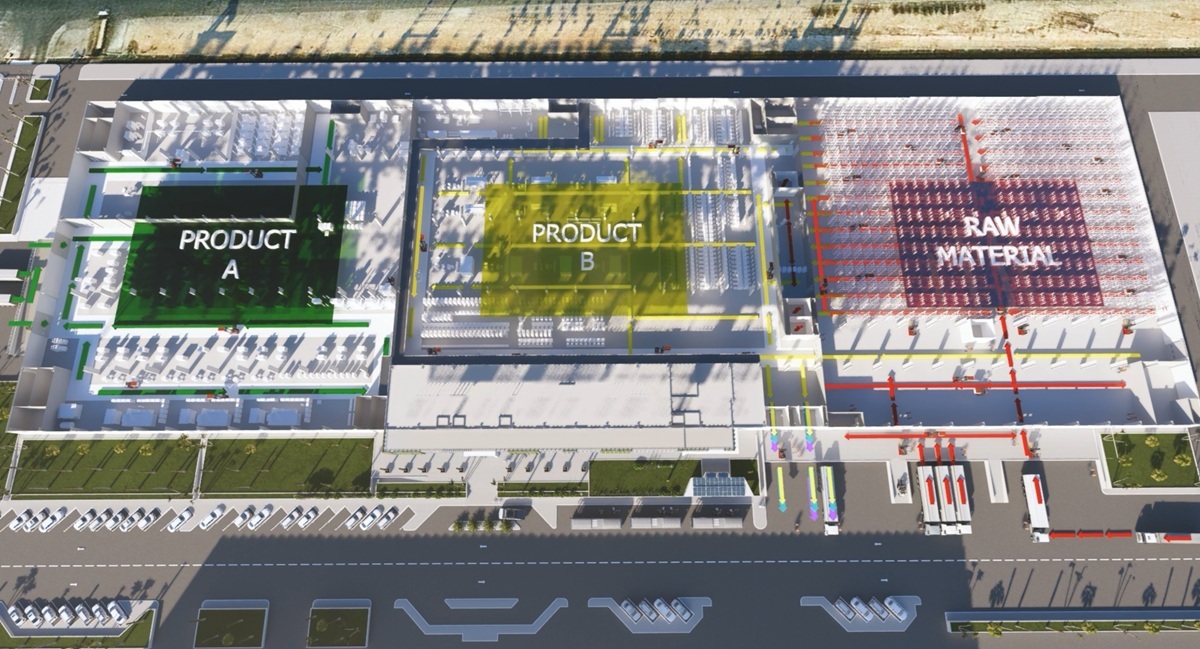
Project example greenfield factory I:
Planning of a new factory under sustainability criteria
Manufacturer of electronic components / employees: approx. 1,000 / turnover: approx. 180 million EUR
Project tasks / focus:
- Planning and construction of a factory that combines production, logistics and administration under one roof.
- Optimization of the production flow over five stages on an area of 10,000 m² to minimize distances and improve efficiency.
- Integration of e-mobility, renewable energies and CO₂ reduction strategies into the factory's design and operating concept.
Results:
- Sustainable factory design with photovoltaic systems, e-mobility infrastructure and measures to improve CO₂ consumption.
- Optimized production flow: short distances, efficient logistics and scalability with ~3,000 m² expansion potential.
- Holistic project implementation: consideration of a wide range of aspects from building planning and production layout to future space utilization.
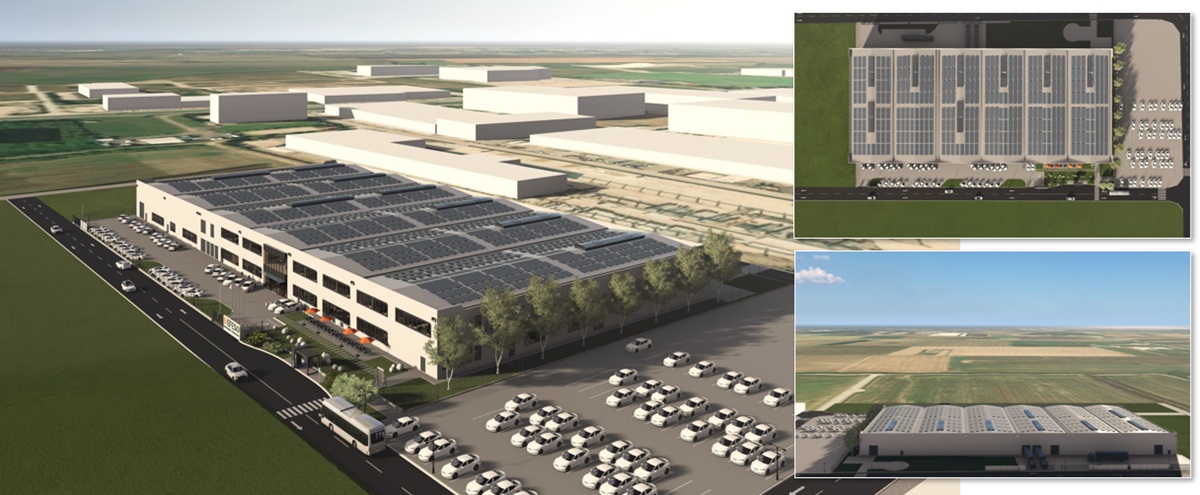
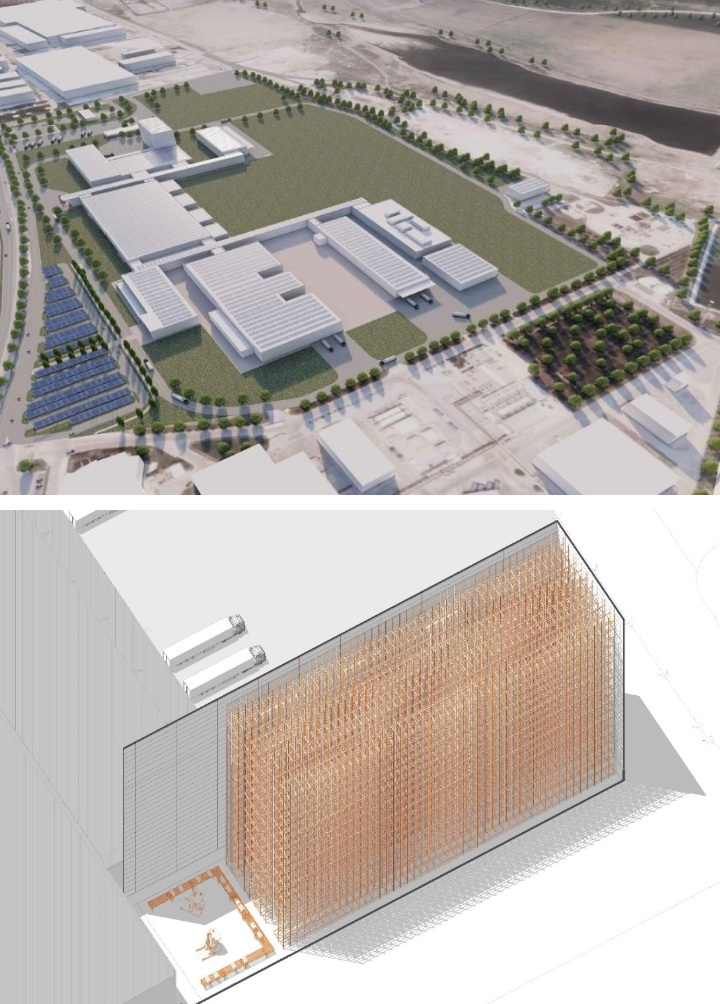
Project example greenfield factory II:
End-to-end factory and intralogistics concept
Tobacco products manufacturer / employees: approx. 80,000 / turnover: approx. EUR 35 bn.
Project tasks / focus:
- Planning of a new factory site, including definition of intralogistics and automation concepts for the factory.
- Evaluation of logistics scenarios, definition of layout definition and estimation of investment costs for key systems.
- Focus on highly efficient logistics to support growth targets and ensure scalability for future expansion.
Results:
- Data review and requirements clarification through workshops as a basis for concept development.
- Development and evaluation of logistics and warehouse alternatives; definition of the ideal solution.
- Finalization of the material flow and factory layout, including automation potential, warehouse dimensioning, risk and personnel requirement analysis and CapEx assessment for core logistics systems.
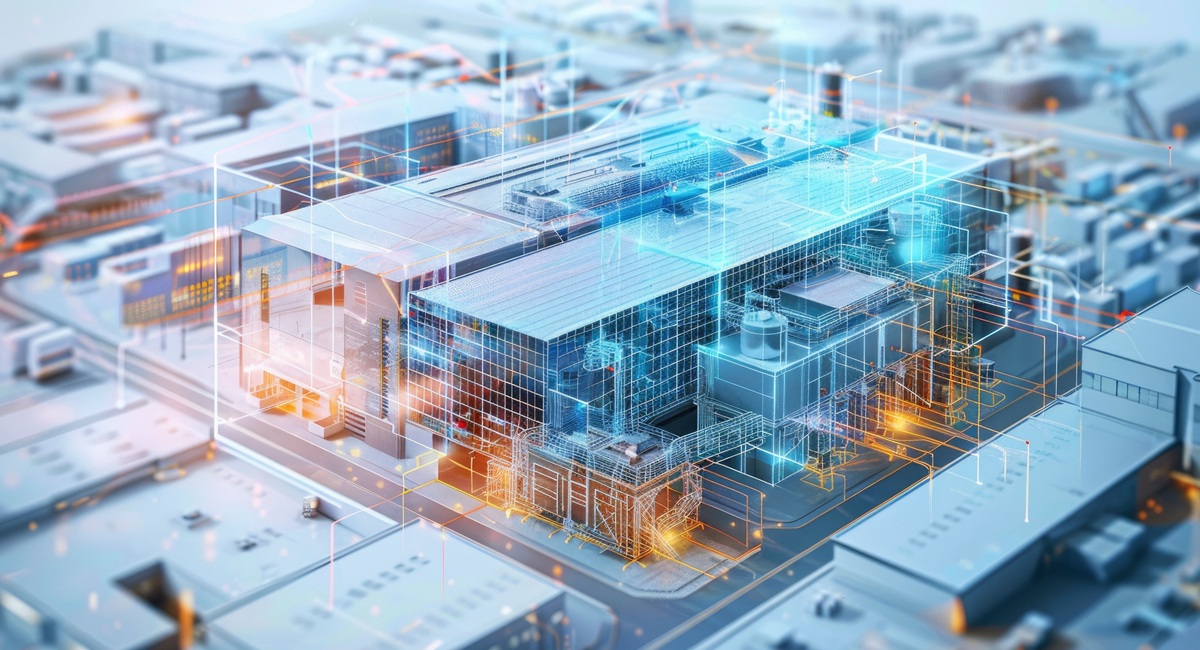
3. Scenario and layout planning:
- Master planning scenarios and expansion options for locations.
- Design and detailing of the overall layout: greenfield and brownfield, rough and detailed concept.
- Area and spatial planning for value and support areas, infrastructure, office spaces, social areas and outdoor areas.
- Determination of the building structure.
- Digital planning in 2D and 3D.
- Scenario evaluation: economic efficiency calculations and concept simulations.
4. Smart Factory:
- Horizontal integration from product design to delivery / paperless factory.
- Advanced operator support, cobots and exoskeletons.
- Digital visualization in the factory.
- Automated storage and retrieval systems / Smart Automation.
- (Partially) autonomous transport of materials and assemblies.
- Open / flexible office concepts.
- Requirements on the IT infrastructure.

Project example brownfield factory:
intralogistics optimization & layout design
Tobacco products manufacturer / employees: approx. 80,000 / turnover: approx. EUR 35 bn.
Project tasks / focus:
- The company is significantly expanding its Reduced-Risk Products (RRPs) business.
- As part of a brownfield expansion, intralogistics and automation in the factory and warehouse areas will be reviewed.
- Evaluation and validation of the existing logistics and automation concept.
- Focus on high-efficiency logistics.
Results:
- Proven methods enable fast implementation and early value creation.
- Direct transfer from planning to execution based on validated best practices.
- Experience-based planning minimizes ramp-up challenges and ensures smooth go-live.
- Integration of automation and Industry 4.0.
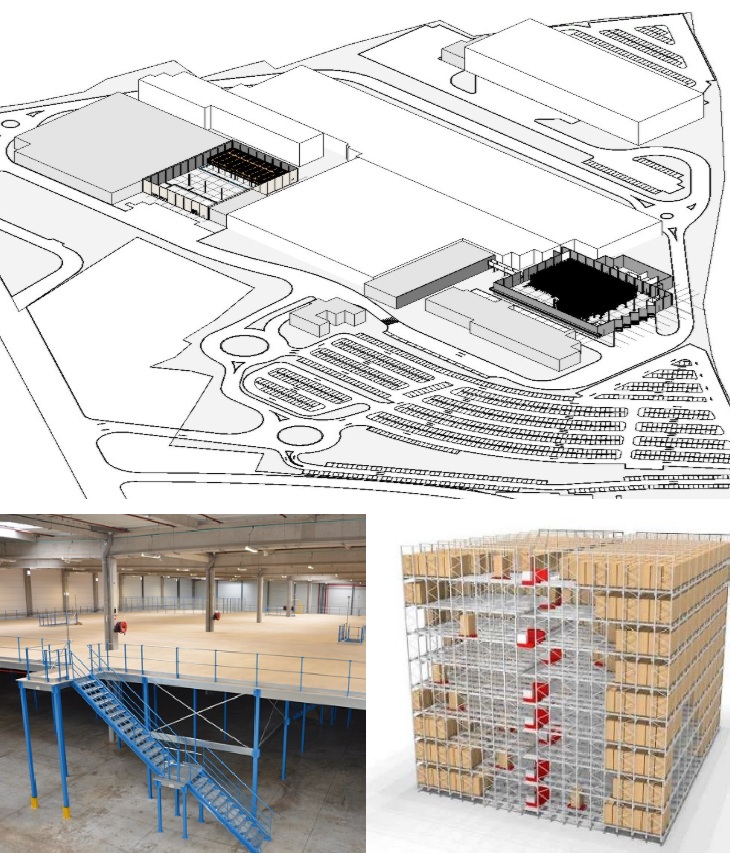
Brownfield planning
Benefit from the expertise of the EFESO team in factory planning, layout planning and plant structure planning. Let's create a future oriented site planning together.
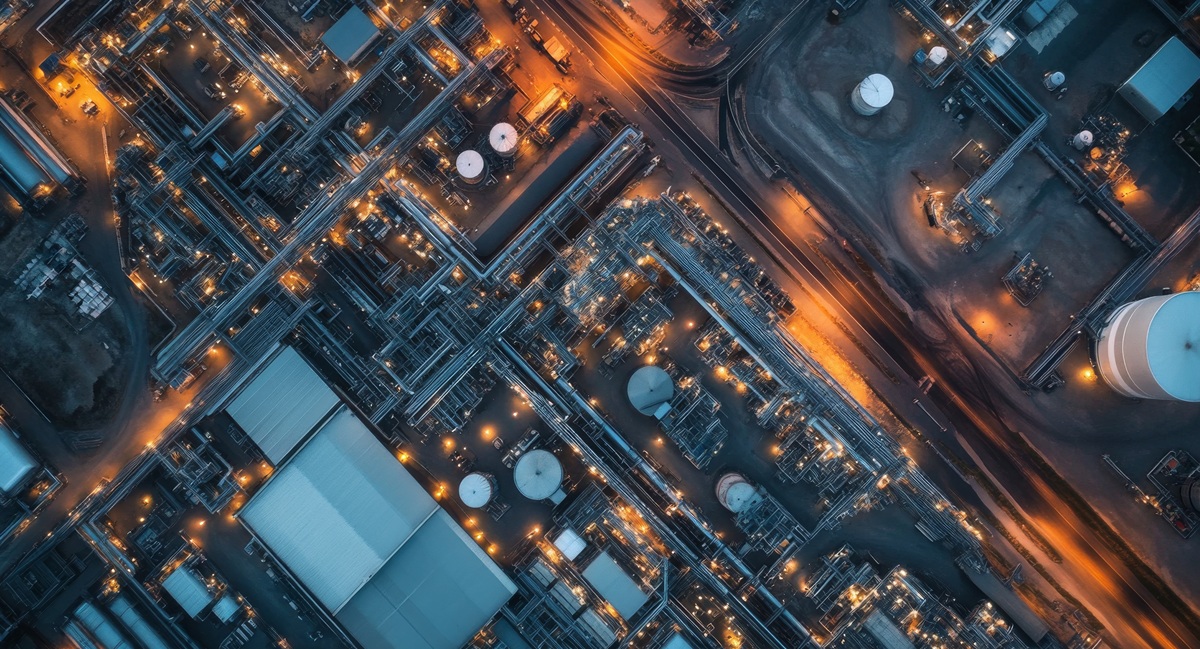
5. Zero Emission Factory / Industrial Sustainability:
- Energy-efficient technologies and production facilities.
- Sustainable supply concepts.
- Planning of low-emission buildings and infrastructure (CO2-neutral).
- Energy recovery concepts.
- Circular economy.
- Building certifications according to international standards (DGNB, BREEAM, LEED).
6. Implementation support:
- Tendering, supplier selection and awarding.
- Coordination and support during production ramp-up.
- Qualification concepts and training for employees and suppliers.
- Project management and project controlling.
- Claim and risk management: processes for actively handling project risks and claims during the construction phase.
- Handover management: clear processes for handover and ensuring operational readiness after completion of the construction and realization phase.
